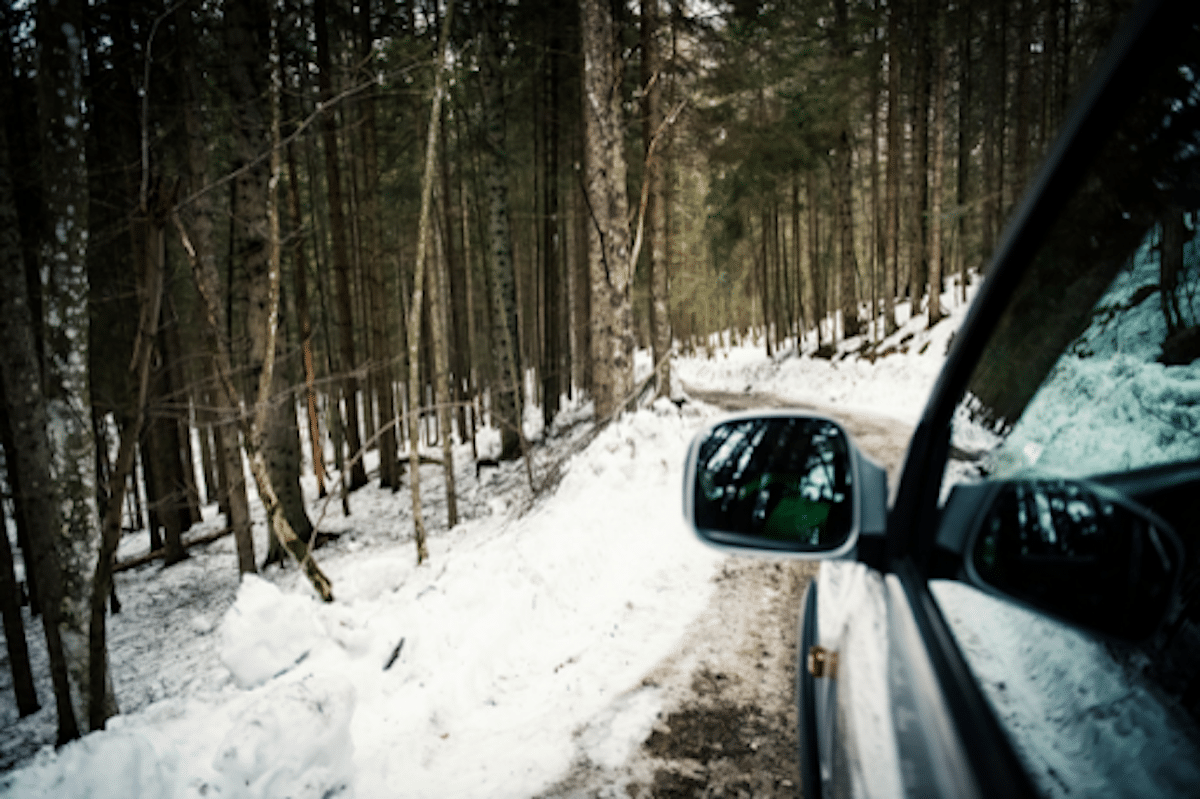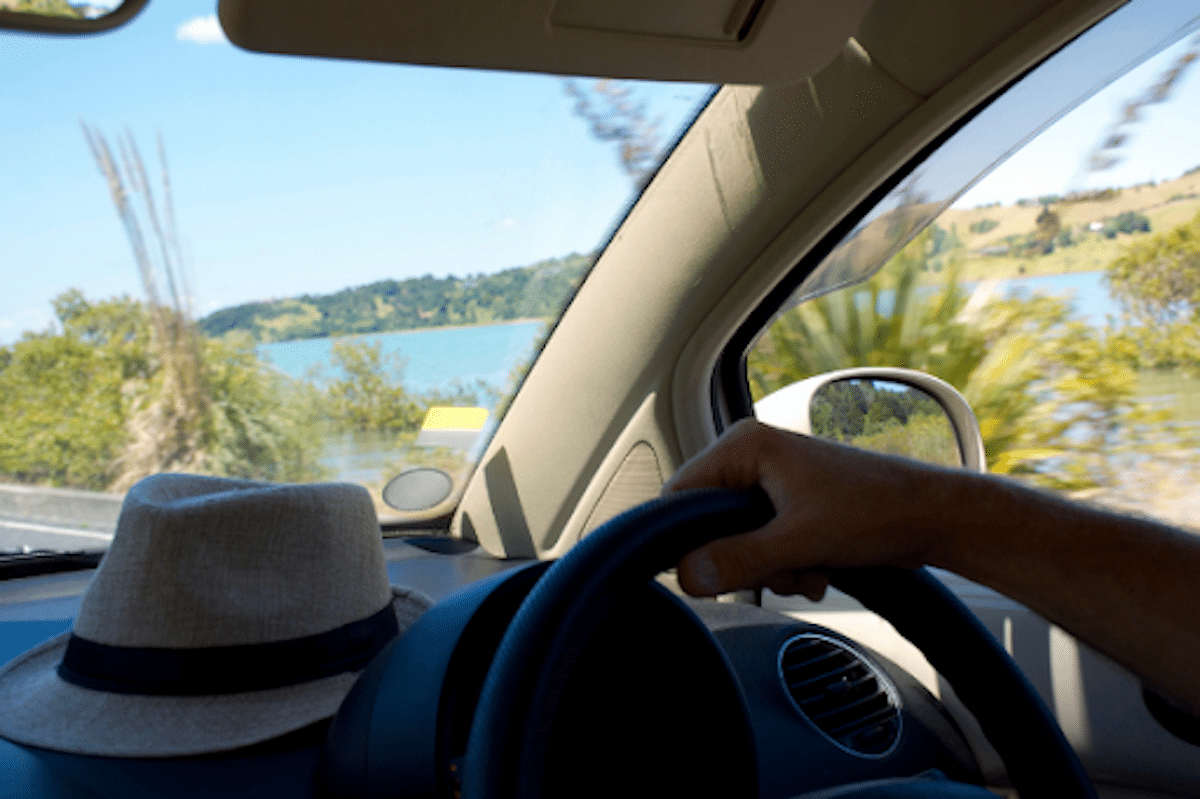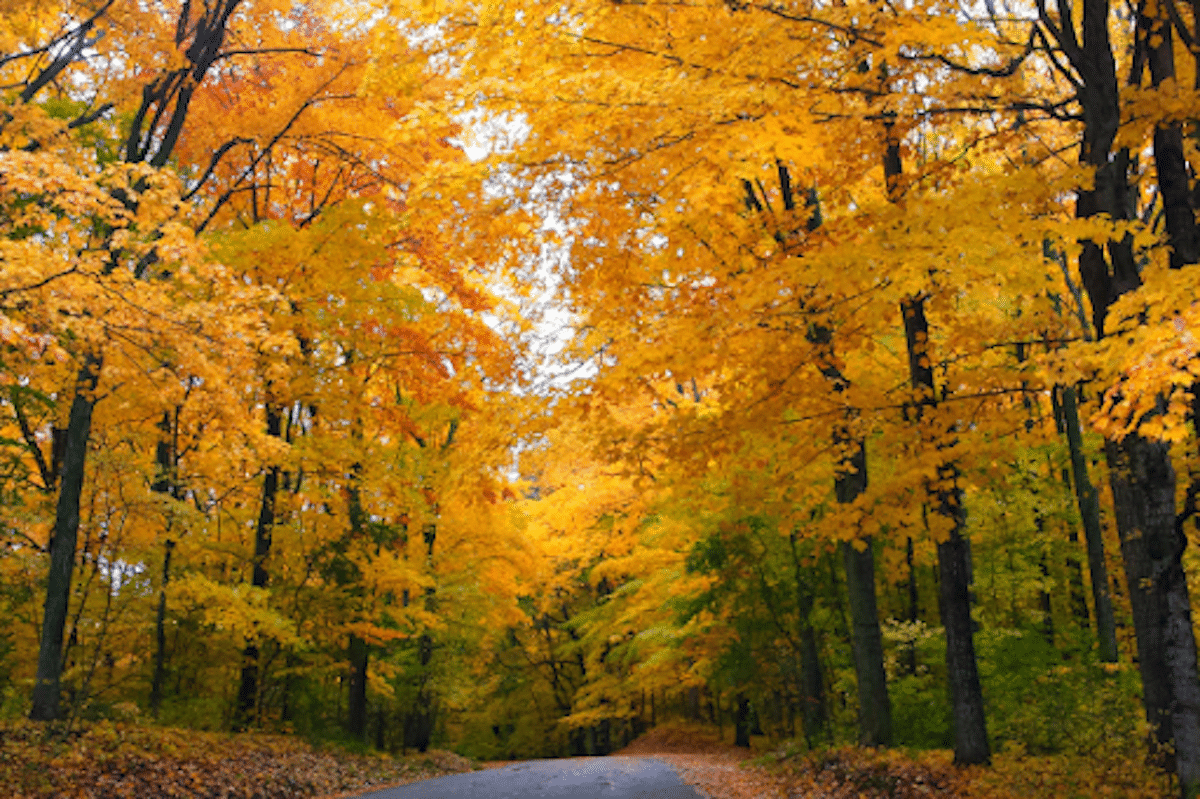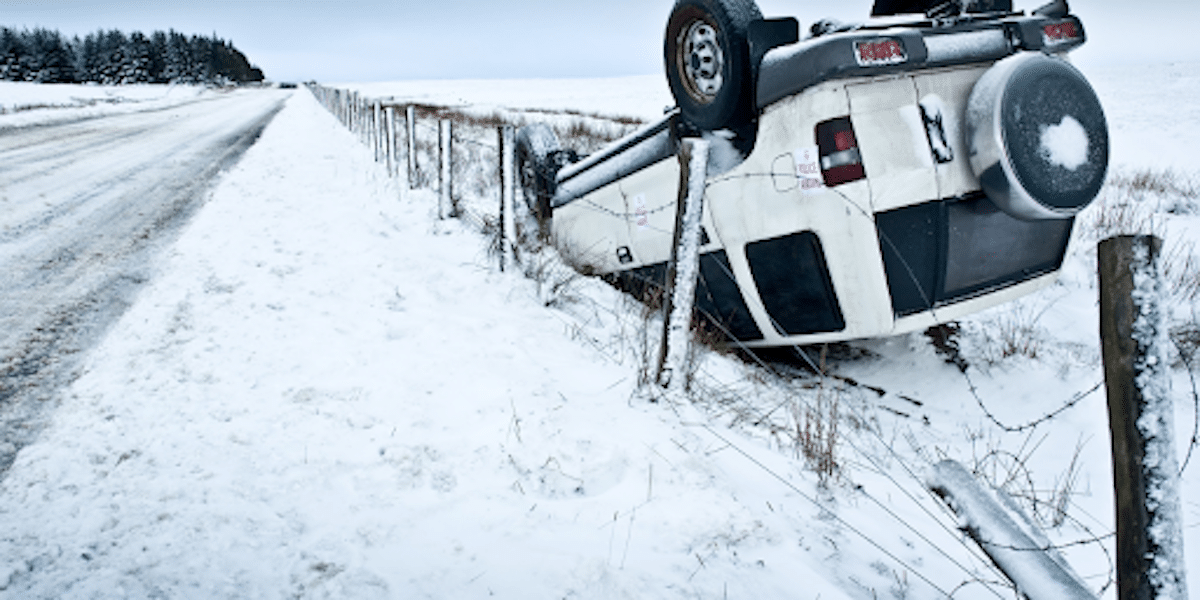Table of Contents
The basic rules to drive safely are wearing a seat belt, following traffic rules, and obeying speed limits—the accident ratio increases day by day. The basic cause of the accident is too much traffic on the road. Everyone is in a hurry to reach their destination, which causes speed driving. There are many other accident possibilities you should be aware of. The most common is a seasonal accident. Yes, it is true seasonal changes are the main cause of the accident.
Suppose you or your loved one is injured in a car accident. Your priority is to seek medical attention. The personal injury claim process could be frustrating and cause a damaged vehicle added stress. Lytal, Reiter, Smith, Ivey & Fronrath – car accident lawyer port st Lucie can help you get a medical report and interview eyewitnesses to claim the fault party without any additional effort.
Let’s find out what are the seasonal risks one should be aware of?
Four seasonal roadway danger
Every season introduces new threats to be cautious. Many of these hazards aren’t specific to certain seasons but more common is; rainstorms, for example, can be a problem in the spring, summer, fall, and, at times, winter, but are most common in the summer. Some of them are described in detail below.
Winter driving risk

In the winter season, most of the country is subjected to storms, Which increases the chance of a car accident, injury, or sickness. Learn how to spot winter risks and take necessary precautions to protect yourself from injury.
Winter environment
Winter provides several dangerous situations, such as snow, ice, freezing rain, severe winds, and cold temperatures. Sun glare can distract you from overlooking hazards.
Snow and ice weather
Frozen snowfall may reduce your vision, make roads sticky, cover roadway paint, and can create very dangerous scenarios for you to fail to slow down and begin for severe storms.
Short days and early nightfall
Short days and early nightfalls characterize the winter months, resulting in you needing to travel in the gloomy night time with the worst visibility.
Spring risk

When winter is almost over, it’s a moment to start thinking about spring. You discover that spring driving risks may be rather severe if not taken seriously. You see more people on the streets means warmer weather is here. Pay attention to your surroundings while driving. And the particular driving risks that come with it are given below.
Heavy winds
Strong winds may be extremely dangerous for all vehicles that cause rollover bus accidents due to buses’ big, flat roofs, starting in the spring and continuing through the seasons.
Puddles
As the Winter season is over, you see shattered highways, producing deadly holes in the road that are typically not repaired until the summer.
Bicycle
When winter weather is over and moves to the spring season, you witness many non-drivers come to a road with bicycles and skateboards that are dangerous to everyone.
Summer driving risk

Summer weather is unpredictable, and you witness heavy rainfall in the summer season. In the rain, you have to be an expert in driving. Most families came to the roads as a way to vacation. The road is full of traffic.
High temperatures
Hot weather can cause your car’s tires to overheat, resulting in high tire pressures and possible blowouts.
Rainstorms
Despite popular opinion, weather-related accidents are more commonly associated with heavy rain and slippery roads.
Storm
For many, summer is storm season, which can combine the worst features of rain and the risk of directly harming automobiles in stronger storms.
Road construction
Winter destroys the road, and in summer, they repair road damage, construction, and road repair are done during the warmer months for the sake of maintenance staff.
Fall driving risk

Fall is the beginning of many things. A new school year, changing leaves, and cooler temp.
Fall environment
You always drive cautiously in wet conditions. Also, be careful of damp leaves, as slippery as ice. It’s also good to check your tires for proper tread depth.
Daylight Saving Time (DST)
When daylight savings time begins, more driving happens during the darker evening hours, which might be disturbing for you.
Back-to-school time
More buses, more active school crosswalks, and an inflow of young pedestrians may cross the road without looking both ways during the school year. That feels unpleasant.
Leaves that have fallen
Windblown leaves can cover potholes and other road features or dangers, shockingly limiting your visibility.
Fog
When winter approaches, you see temperatures continue to fall, and fog can frequently produce reduced visibility.

Conclusion
To avoid weather-related accidents you need to be cautious and drive safely. Each season is more dangerous than normal weather. You can avoid seasonal accidents by taking weather updates when you go outside. Taking some safety measures and following traffic rules can prevent you from hazards. A Lytal, Reiter, Smith, Ivey & Fronrath – car accident lawyer port st Lucie believes in-keeping clients in the loop and updating them about the weather through routine calls and emails.


